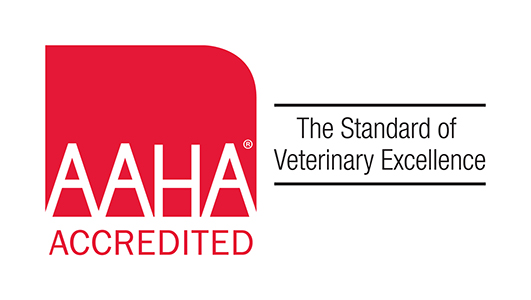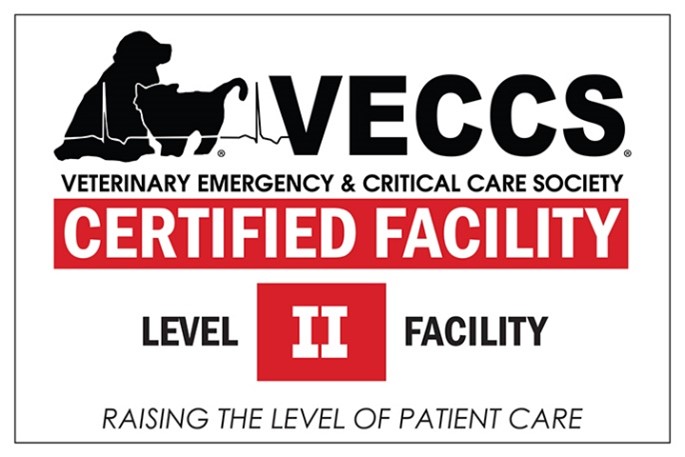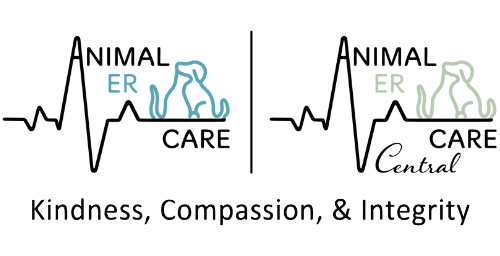Being Prepared Can Reduce Stress During an Emergency
Emergencies are scary, stressful situations. A good way to alleviate some of the stress during this type of event is to be prepared. At Animal ER Care in Colorado Springs, Colorado, we can’t stress enough that you should not search for home treatments online in the event of a pet emergency, and first aid is not a substitute for expert veterinary care. We have provided recommendations for cat or dog care during certain emergencies so you can be prepared. There are also examples of complications that could occur if medical care is not administered. For further preparation, learn more about what to expect at an emergency visit to our office.
Bite Wounds
Approach your pet with care if they are injured. Even the sweetest animal may bite as a protective mechanism if they are in pain. Bite wounds should be treated by a vet immediately, as animal mouths are filled with bacteria that can cause an infection. Untreated wounds will quickly turn into large infections called abscesses. When an abscess occurs, not only will your pet’s pain be amplified, they will also need to be heavily sedated or possibly anesthetized to treat the area.
View our Rattlesnake Bite flyer here
Bleeding
Apply firm, direct pressure over the area for at least 10 continuous minutes until the bleeding stops. Avoid bandages that cut off circulation, and seek medical attention ASAP.
Breathing Stops
If your pet is choking on a foreign object, immediately call us, and start driving to our office. We will ask for a brief explanation of the situation over the phone and assist you in any way until you arrive.
Burns
Singed hair, blistering, swelling, and redness of skin are signs of a chemical, electrical, or heat burn. Do not attempt any first aid. All burns should be treated by a veterinarian to prevent an infection. Approach your pet carefully as they may try to bite. Keep in mind that a chemical burn on your pet can affect you as well, so protect yourself when handling this type of situation.
Choking
If your pet is having difficulty breathing, excessively pawing at their mouth, or has blue lips and tongue, get to a vet as quickly as possible. Try to look into your pet’s mouth to see if you can locate an object in their throat. It’s extremely important to keep your pet calm but be sure to protect yourself and the animal, as they will probably be frantic and more likely to bite. Call us and start the trip to our facility.
Diarrhea
For excessive diarrhea, withhold food but not water for 12 to 24 hours. Your pet may appear to be straining. This could be from constipation or soreness from the diarrhea. Only a vet can diagnose the cause and what will help. Administering home remedies without knowing the cause will only make things worse.
Fractures
To recognize a potential fracture, look for signs of pain, inability to use a limb, or a limb at an odd angle. Gently support the injured extremity, and transport your pet to the vet immediately. Do not attempt to set or splint the fracture as it will cause extreme pain and worsen the injury.
Heatstroke
Signs of heatstroke include rapid or labored breathing, vomiting, high body temperature, and collapsing. If your pet exhibits any of these signs, put them in a shady area, place a cool towel over their body, and seek medical care.
View our Heatstroke flyer here
Poisoning
Your pet will vomit, convulse, salivate, experience weakness and muscle tremors, have diarrhea, and be depressed if accidentally poisoned. Record what your pet ingested, how much, and when, and then call the poison control center at (888) 426-4435. Do not induce vomiting, as some toxins pose a danger if you come into contact with them, including oils, paints, insecticides, and other contact irritants.
Seizures
During a seizure, your pet is not aware of what is happening and will bite down on anything near their mouth. Don’t place your hands, arms, or legs near their mouth, and don’t restrain them. Surround your pet with a blanket and pillows for padding and protection. Time the seizure and try to record it if possible with your cell phone or video camera, so you can show it to the vet.
Signs of a seizure include:
- Loss Of Consciousness
- Loss Of Control Of Urine Or Stool
- Salivation
- Violent Muscle Twitching
Shock
Pets go into shock as the result of a serious injury or an undiagnosed medical condition. If this happens, rush them to the vet instantly.
Vomiting
Vomiting is a common sign of numerous medical conditions. Contact us for advice and a potential trip to our office.
Transporting Your Pet
A door, board, blanket, or floor mat can be used as a stretcher to transport your pet if they are too injured or weak to walk. To muzzle your pet, use a strip of soft cloth or rope, a necktie, or nylon stocking. Wrap it around the nose and under the chin, and then tie it behind the ears. Be cautious while doing this, as your pet will bite when in pain. Let your pet pant after handling them by loosening or removing the muzzle. Don’t muzzle your pet if they are vomiting or have a nasal obstruction. Place a towel around the head of a cat or small pet if you can’t muzzle them.


